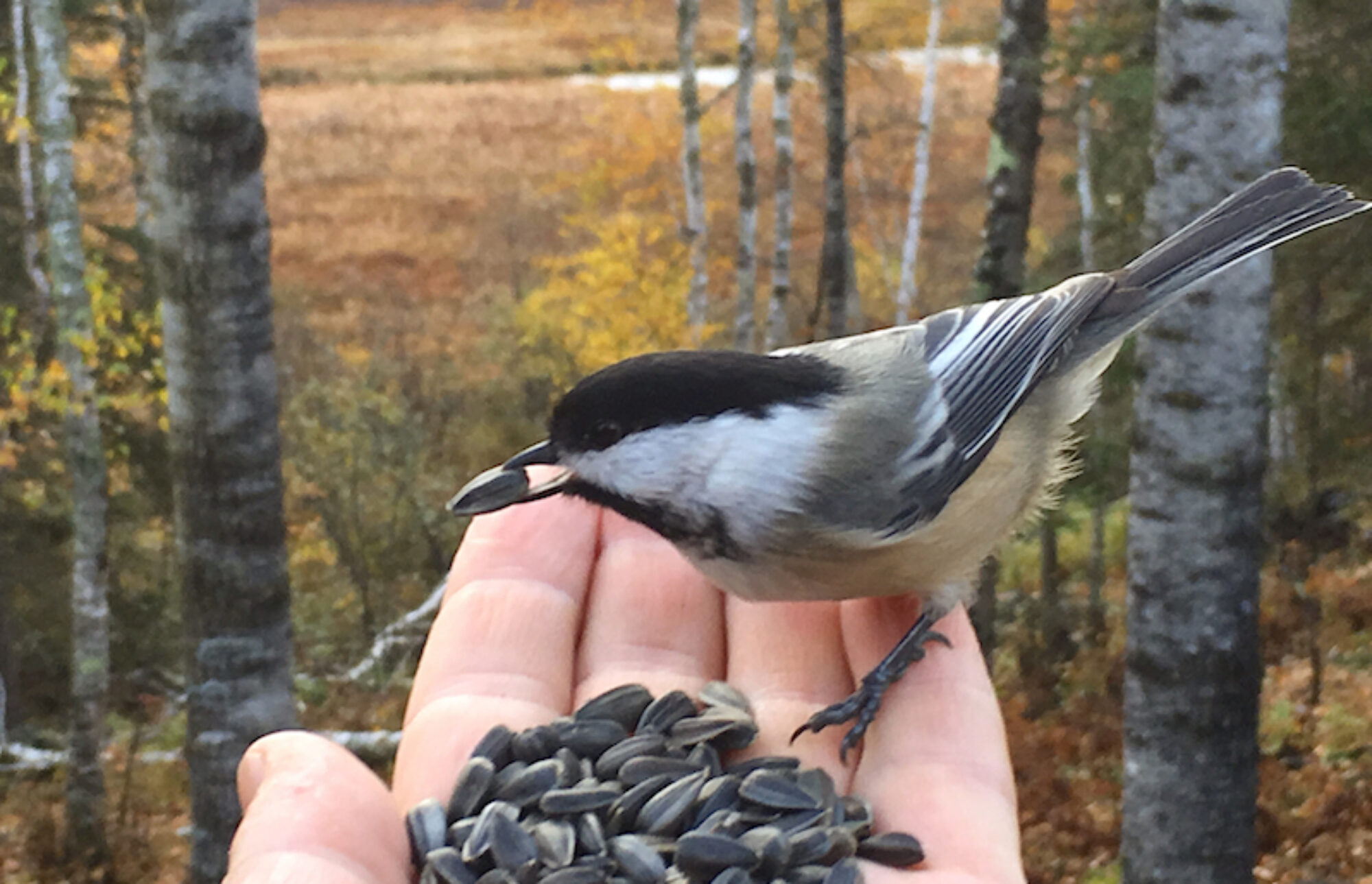Mothers who happen to be backyard birders received the ultimate gift Sunday courtesy of none other than Mother Nature, herself.
In a rare and coincidental but serendipitous alignment of timing between the migration of neotropical songbirds from Central and South America and thunderstorms rolling through on Saturday night into Sunday morning, Central Iowans experienced what’s known in birding circles as a “fallout.” Simply put, a fallout is a natural occurrence where migratory birds are forced down by adverse weather in a way that makes them congregate in large numbers.
What that meant for those prepared and fortunate souls who had their feeders full, and even many who didn’t, was they awoke Sunday morning to a euphonic panoply of some of the most beautiful birds on the planet. This was avian nirvana and nothing short of stupendous.
Our small and sheltered backyard in north Ames was teeming with a salubrious smorgasbord of tropical visitors from some of the Western Hemisphere’s most tantalizing locales: the Andes Mountains, Yucatan Peninsula, Costa Rica and islands in the Caribbean Sea. Feeders offering black oil sunflower and safflower seeds, peanuts, tree nuts, dried fruit and grape jelly were overwhelmed by dozens of rose-breasted grosbeaks and Baltimore orioles, and smaller numbers of orchard orioles, gray catbirds and Swainson’s thrushes. Other common local birds competing for spots at the feeding stations when they saw an opening included cardinals, robins, house finches, blue jays, black-capped chickadees, European starlings, Carolina wrens, house sparrows, red-winged blackbirds, mourning doves, white-breasted nuthatches and downy woodpeckers.
Along nearby rivers and more thickly wooded areas friends reported seeing dramatic numbers of warblers, such as Tennessee, Nashville, black and white, yellow, Blackburnian, chestnut-sided, magnolia, palm and orange-crowned among others, as well as a variety of kinglets, vireos and flycatchers.
On Monday, the frenetic activity of feeding grosbeaks and orioles in our backyard continued, and the list of intriguing species grew with the appearances of a brightly colored male indigo bunting (a rarity in our yard through the years) and a male and female scarlet tanager pair (also an uncommon visitor to the yard). If you’ve ever seen a male scarlet tanager with its electric blood-red body and jet-black wings, you likely haven’t forgotten it. They’re one of the most gorgeous birds you’ll ever see in this part of the world.
With strong southerly winds pushing through the area on Tuesday, the stream of migrants showing up at the feeders in our yard dropped off dramatically with the majority of birds from the previous two days presumably taking advantage of a significant tailwind to continue on their northerly migration. A few orioles and grosbeaks made stops at the seed and jelly feeders, but by then the majority of visits to feeders were being made by local birds in the process of setting up nesting territories of their own.
By Wednesday, just a handful of grosbeaks and orioles were seen hanging around our yard (although a couple of ruby-throated hummingbirds made appearances late in the day), leaving us with a somber reminder of the intensity and relative brevity of the spring songbird migration. But we will never forget the two glorious days we were inundated with a deluge of neotropical birds in what will be remember as the Magnificent Mother’s Day Migration.
